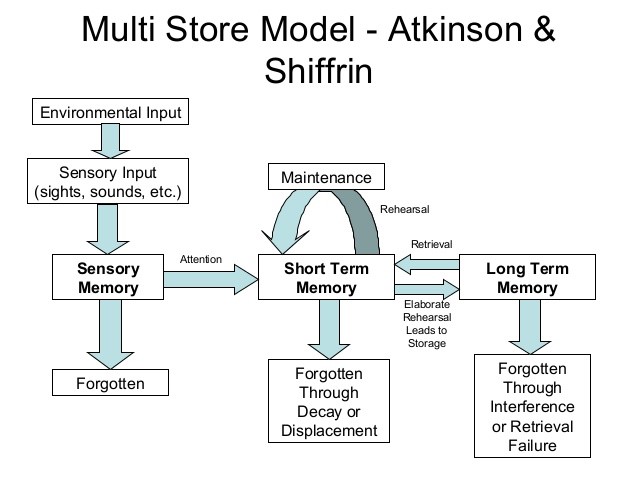11
Reconstructing experiences in our brain uses a lot of resources including energy and biological material. However, these resources are limited – as is the space available for the brain (Bullmore & Sporns, 2012). Because learning is a biological process, it has these physiological limitations (space and resources). In other words, at any given moment, we have a limited supply of energy and biological materials (e.g. for making and altering connections) available to us and this can affect the efficacy of our learning. “The brain’s energy supply limits the maximum rate at which the brain can compute” (Attwell & Gibb, 2005). Further, our heads don’t expand as we learn – or else it’d be quite hard to stand upright. Thus, our brains’ have to prioritize what we learn and what we store in our memory. As a result, most information our brain encounters is filtered out and lost.
How does this relate to student learning? Learning involves making and altering physiological connections in the brain. Having limited resources, there will be times that learners are motivated, making an effort, but their cognitive systems are not able to go further – their struggles are at a physiological level. At certain moments, learners may be incapable of learning and in need of a break or change of strategy. For example, “human cognitive processing is heavily constrained by our limited working memory which can only process a limited number of information elements at a time” (Sweller, van Merriënboer & Paas, 2019). For Illuminated, we use the acronym WARP to highlight some common barriers in our cognitive system:
- W is for Working memory which can become overloaded. As a result, relevant information is pushed out of working memory before it can be consolidated.
- A is for Attention which can become distracted or depleted. If we’re not paying attention, the information does not enter our memory system in a retrievable manner, or it is encoded in a deficient manner.
- R is for Retrieval (or accessing the information from our memory). Without practice our long-term memories become inaccessible as retrieval routes can decay or become buried beneath alternate routes (called interference).
- P is for Prior knowledge which can often be insufficient. Our prior knowledge can lack cues needed to activate the appropriate neural networks or can lack the knowledge networks altogether (e.g. content).

These barriers help us realize that there are moments when learners struggle to learn for reasons that extend beyond motivation and ability. They also help us understand what all learners should know about their cognitive systems.
*Note that the memory diagram used in the Illuminated workshops aims to facilitate an understanding of both how we process information and the common cognitive barriers to learning. The structure for the diagram is based on models of how our cognitive system processes information such as the multistore model of memory (Atkinson & Shiffrin, 1968), Cowan’s model of working memory (Cowan, 2001), and the Norman and Shallice model (Norman & Shallice, 1986). The Illuminated diagram extends these models by highlighting where the barriers to learning take place.

References
Barriers to Learning
- Attwell, D., & Gibb, A. (2005). Neuroenergetics and the kinetic design of excitatory synapses. Nature Reviews Neuroscience, 6(11), 841.
- Bullmore, E., & Sporns, O. (2012). The economy of brain network organization. Nature Reviews Neuroscience, 13(5), 336-349.
- Sweller, J., van Merriënboer, J. J., & Paas, F. (2019). Cognitive architecture and instructional design: 20 years later. Educational Psychology Review, 1-32.
- Atkinson, R. C., & Shiffrin, R. M. (1968). Human memory: A proposed system and its control processes.
- Cowan, N. (2001). The magical number 4 in short-term memory: A reconsideration of mental storage capacity. Behavioral and brain sciences, 24(1), 87-114.
- Norman, D. A., & Shallice, T. (1986). Attention to action. In Consciousness and self-regulation (pp. 1-18). Springer, Boston, MA.
Media Attributions
- 31
- Information_Processing_Model_-_Atkinson_&_Shiffrin
